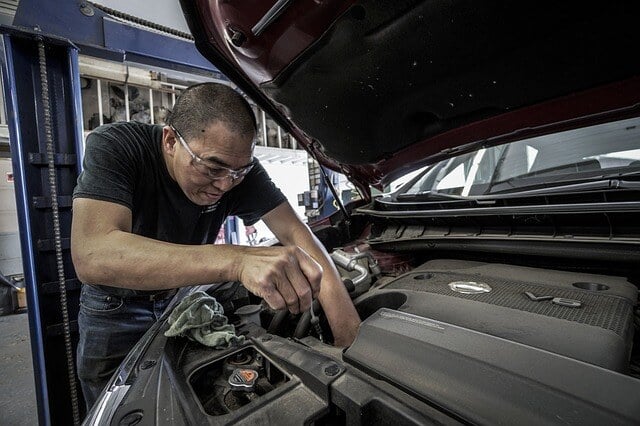5 Ways to Prepare Your Fleet Operation for Vehicle Advancements

Vehicles are changing rapidly as more electric, alternative fuel and autonomous capabilities become available.
According to NAFA Fleet Management Association, 20 percent of all cars will be autonomous by 2025, 50 percent of all cars will be autonomous by 2040, and 100 percent will be autonomous by 2060.
With those changes rapidly approaching, fleet operations need to start preparing to ensure their maintenance and repair procedures are keeping up with the new technology in vehicles.
Take a look at five ways fleet operations can ensure their training and procedures are advancing at the same rate as vehicles.

Train Technicians on Vehicle Advances
Vehicle structures are changing as they incorporate alternative fuel systems, more autonomous features and advanced tools. This can be a challenge for technicians, who will be faced with repairing diverse vehicles and assets. To get ahead of the training needs, fleet operations should ensure their maintenance staff is learning about the new capabilities, how to diagnose issues and how to make repairs. This training can be available through formal classes, workshops, or even online videos to help prepare the staff.

Use New Vehicle Terminology
With new advances comes new terminology. Make sure your staff is aware of new industry and technical terms. These can include the stages of autonomous vehicles (from 0 to 5), Advanced Driver Assist Systems, alternative fueling solutions, and more. Having the entire staff using the same terms will help keep Work Orders clear and improve the productivity of the operation.

Budget for New Equipment and Tools
With new technology comes new costs. While operations might be saving money on fuel in the long-run by using electric or alternative fueling options, there are up-front costs they will need to be aware of and budget for. These can include the assets themselves, alternative fueling equipment and parts. Software systems will also need to be updated to incorporate the new vehicles, types of repairs and parts.

Forecast Cost of Future Repairs, Maintenance
While newer technology will improve the safety features of vehicles, from time-to-time they might still need collision and other types of repairs. Fleet operations should start budgeting now for potential parts replacements. In addition to budgeting for parts, operations should also estimate labor costs. Will your staff be trained to do the repair in-house? How many hours will it take? Or does the repair need to be completed at an off-site facility? Learning now how much to budget for and what types of repairs your staff will be able to perform will help prepare the operation.

Start Creating Safety and Compliance Procedures
Modern vehicles may make drivers’ jobs easier by alerting them to potentially dangerous situations, like cars in their blind spots, or aiding them with reversing and parking, but there is still room for error. As autonomous features begin to expand, drivers’ roles will change even more. Fleet operations should get ahead of the technology and start drafting procedures to determine when drivers take over the vehicles manually, when they can rely on autonomous features, and more.
To learn how RTA Fleet Management Software can help your operation track parts and Work Orders, contact us today to schedule a free demo.
